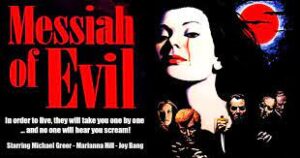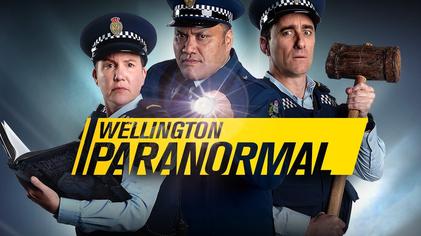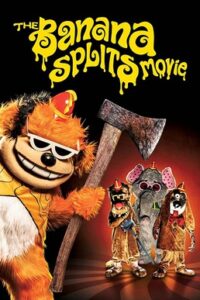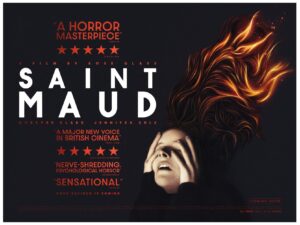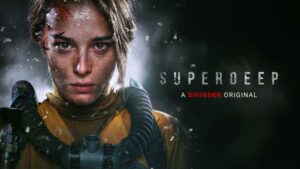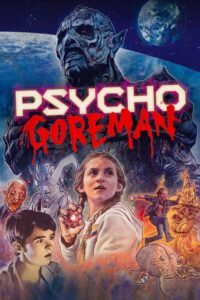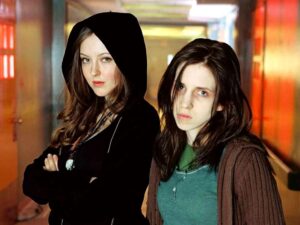I just saw a tweet extolling the cinematic excellence of the film Revengeand while I am not going to respond directly to that tweet, I have no interest in dumping on someone for something they enjoyed, the movie was one I found lacking and I wanted to quickly compare to a similar film that handled the subject matter so much better, American Mary.
Both movie, Revenge (2017, France) and American Mary (2012, Canada) are centered on attractive young women who are sexually assaulted by older powerful men and the consequences of those attacks.
Revenge is an exploitative movie, fond of the ‘ass cam’ where the lens of the camera follows the woman close and low reducing her to a body part without the benefit of being from a 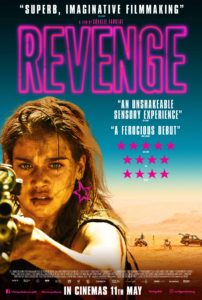 clear point of view. The film utilizes nudity heavily and while it doesn’t film the assault in a particularly titillating manner nor does to capture the character’s full sense of horror and objectification. Following the assault, the movie descends into a series of set pieces of attacks and escape as she takes her revenge all while maintaining minimal or even absent entirely of clothing.
clear point of view. The film utilizes nudity heavily and while it doesn’t film the assault in a particularly titillating manner nor does to capture the character’s full sense of horror and objectification. Following the assault, the movie descends into a series of set pieces of attacks and escape as she takes her revenge all while maintaining minimal or even absent entirely of clothing.
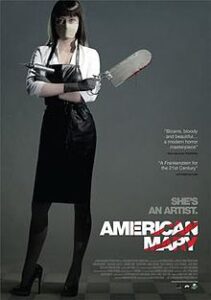 American Mary never falls into the ‘ass cam’ mode of cinematography. Its star is equally as attractive as the star of Revenge, young leading ladies are rarely unattractive, but the filmmakers never reduce her to simply her secondary sexual characteristics. The assault also avoids titillation along with nudity and captures the horror, loss of control, and the character’s objectification bur her assault. Following the attack, the character also seeks and gains a measure of revenge but unlike Revenge this is not presented as a sequence of violent murders but something more methodical and more extreme while maintaining a focus on the character’s mental state and her disintegration emotionally. We see the continuing price she pays from the assault and the ultimate hollowness and emptiness of her revenge. American Mary is a more complex and subtle film that explores the lingering harm of trauma and not simply the gratification of vengeance.
American Mary never falls into the ‘ass cam’ mode of cinematography. Its star is equally as attractive as the star of Revenge, young leading ladies are rarely unattractive, but the filmmakers never reduce her to simply her secondary sexual characteristics. The assault also avoids titillation along with nudity and captures the horror, loss of control, and the character’s objectification bur her assault. Following the attack, the character also seeks and gains a measure of revenge but unlike Revenge this is not presented as a sequence of violent murders but something more methodical and more extreme while maintaining a focus on the character’s mental state and her disintegration emotionally. We see the continuing price she pays from the assault and the ultimate hollowness and emptiness of her revenge. American Mary is a more complex and subtle film that explores the lingering harm of trauma and not simply the gratification of vengeance.
Both films are streaming on Shudder. Watch them and make up your own minds on the difference between exploitation and empowerment.

